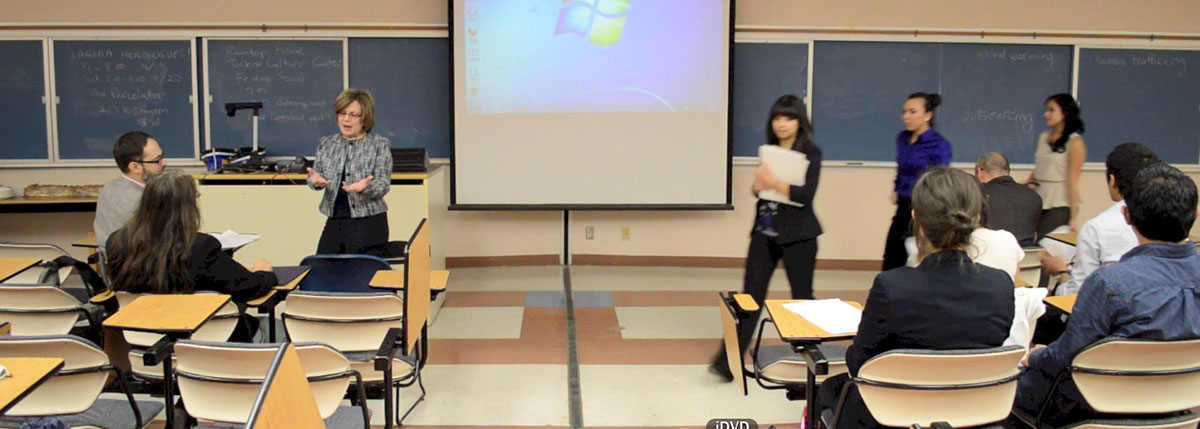EL PASO – Affordable prosthetic hands. Converting poor-resolution images into high-resolution images. A cure for HIV. Are these inventions possible? According to the students from the UTEP Campus Office of Undergraduate Research Initiative (COURI) they are indeed possible. All it takes is a bunch of eager college student scientists willing to seek out answers.
Lourdes Echegoyen, director of the innovative COURI program, says UTEP undergrads in science, technology and other fields now have an opportunity to embark and report on research that seeks solutions to problems we once thought insolvable.

24 UTEP students from five scientific fields participated in the 3rd Annual COURI Symposium. (Alejandra Gonzalez/Borderzine.com)
Recently, 24 UTEP undergraduates majoring in fields such as Physics, Chemistry, Computer Science, Microbiology and Mechanical Engineering presented the results of their student-produced research on topics ranging from the development of new prosthetics to preventing gas pipeline explosions as part of an annual Spring competition organized by COURI.
Eduardo Urias, a junior majoring in Physics with a Medical Concentration and one of the presenters, is currently researching and working with HIV. He said chemists usually just talk to chemists and biologists speak just to biologists. But one purpose of COURI is to prepare students going into research fields to explain their research to a general audience.
“We also need to talk very importantly, for example, to politicians because they’re the ones that mostly fund our research,” Urias said. “So it is very important for us to find a way to express our research in words that other people can understand, to people that are not in our fields.”
The student presentations were part of the annual event called “Explaining your Research to a Non Technical Audience.” Judges were volunteers from El Paso Times, the University Communication Office and individuals from the Philosophy and Languages and Linguistics Departments.
The judging was based on how well a student explained the topic in lay terms instead of using scientific terms. Student presenters had two to two-and-a-half minutes to explain a partner’s research. If a student went below or exceeded the time limit they lost points. Twelve teams of two members each from different fields participated.
The highest-scoring teams were recognized at the 3rd Annual COURI Symposium on April 20. The first place winning team included Gustavo Hernandez and Ramiro Piñón; second place went to Chenoa Arico and Amanda Sepulveda.
A few weeks before the competition, all the students participated in a workshop where they were exposed to research beyond what they would encounter in the classroom. Mentors from their own fields observed and coached them on their research.
In addition to conducting his or her own individual research each student then explained the results to their team partner. The partner reported on the other team member’s research in simple, easy to understand lay terms.
Echegoyen said the COURI student participants started explaining their research to non-technical audiences in Spring 2012.
“We ran a pilot competition with four teams. This is the first year we run a full competition with 12 teams,” Echeyon said.
She hopes and encourages many more students to sign up to participate in the spring 2014 COURI program.
Mark A. Lucero, a Geology junior currently working on a concentration in Geo Physics, also shared his experiences and what he learned as a member of COURI. His research topic was “Determining the structure of the Western boundaries of the Waco Bolson using gravity measures.” He said his research consisted of using gravity measurements to find sources of underground water.
“It was a great experience,” Lucero said. “It was fun. I was able to learn a lot about a different subject and was able to understand the subject in lay terms that just about anybody could understand,” he said.
For more information visit: HTTP://COURI.UTEP.EDU

